The "fire pan" cuisine of Krong Pa region (Gia Lai province) incorporates many types of forest leaves and bitter fruits that have a cooling effect. Observing further, I found that the shape of the teng leng leaves is similar to the sầu đâu leaves eaten with dried snakehead fish or dried tra fish puffs in An Giang that I had enjoyed a few years ago.
Cuisine in the “fire pan” region of Krong Pa ( Gia Lai province) is associated with many bitter-tasting plants, flowers and fruits that have a cooling effect. This may be the accumulated experience of the residents of this land, as a way to adapt to the dry and hot climate.
Over time, the people here have turned medicinal herbs into food in a truly magical way.
Krong Pa is famous for its harsh hot climate. The nickname “fire pan” was born from that reason.
So, what methods have the Krong Pa people used to adapt to such a harsh climate? That was the question that came to my mind when I visited this place for the second time. And I got the answer when I went to Krong Pa to survey some relics and cultural sites in mid-July.
During the meeting invited by Mr. Tran Nhu Ly - Deputy Head of the District Department of Culture and Information, I saw next to the grilled pork plate a plate of leaves shaped like sầu đâu leaves or tamarind leaves.
I asked Mr. Ksor Nam, a local cultural officer, and was told that this leaf is called teng leng in Jrai (some places call it then len or ten nen).
The teng leng tree is quite tall, usually grows in clay soil and the leaves and flowers are picked by locals to eat with pork, beef, goat meat, and grilled fish. Occasionally, people also heat the leaves over a fire and dip them in salt and chili to eat as a snack. When I tried it, I felt the bitter taste.
Looking further, I found that the shape of the teng leng leaves is similar to the sầu đâu leaves eaten with dried snakehead fish or dried tra fish in An Giang that I enjoyed a few years ago.
But when eaten, the leaves and meat blend together to create a unique flavor, increasing the sweetness of the meat and significantly reducing the fat content of the meat, making the person enjoying it no longer feel the usual feeling of fullness.
The next day, we went on a survey at Ma Giai village, Dat Bang commune. On the way back, the Party Secretary of the commune, Trinh Thanh Khiet, invited us to stop by to attend a thanksgiving ceremony of a son for his father.
In the party imbued with the traditional cultural identity of the local people here, I saw next to the grilled beef plate a bunch of dark green leaves similar to the bear bile leaves that many people often grow and use as medicine. The bitter taste of the leaves, when eaten with grilled meat, creates a delicious, attractive aroma that reminds me of the dish from the day before.
I asked and learned that the Jrai people call that bitter leaf trai la péi (cow gall leaf), the plant often grows around rocky streams at the source.
Mr. Ro O Co (Ia Prong hamlet, Dat Bang commune, Krong Pa district, Gia Lai province) sitting next to him said: This type of leaf is used by local people to eat with grilled meat or pounded with salt and chili as a dipping sauce for meat. In addition, this type of leaf is also used to cook soup with river fish and stream fish.
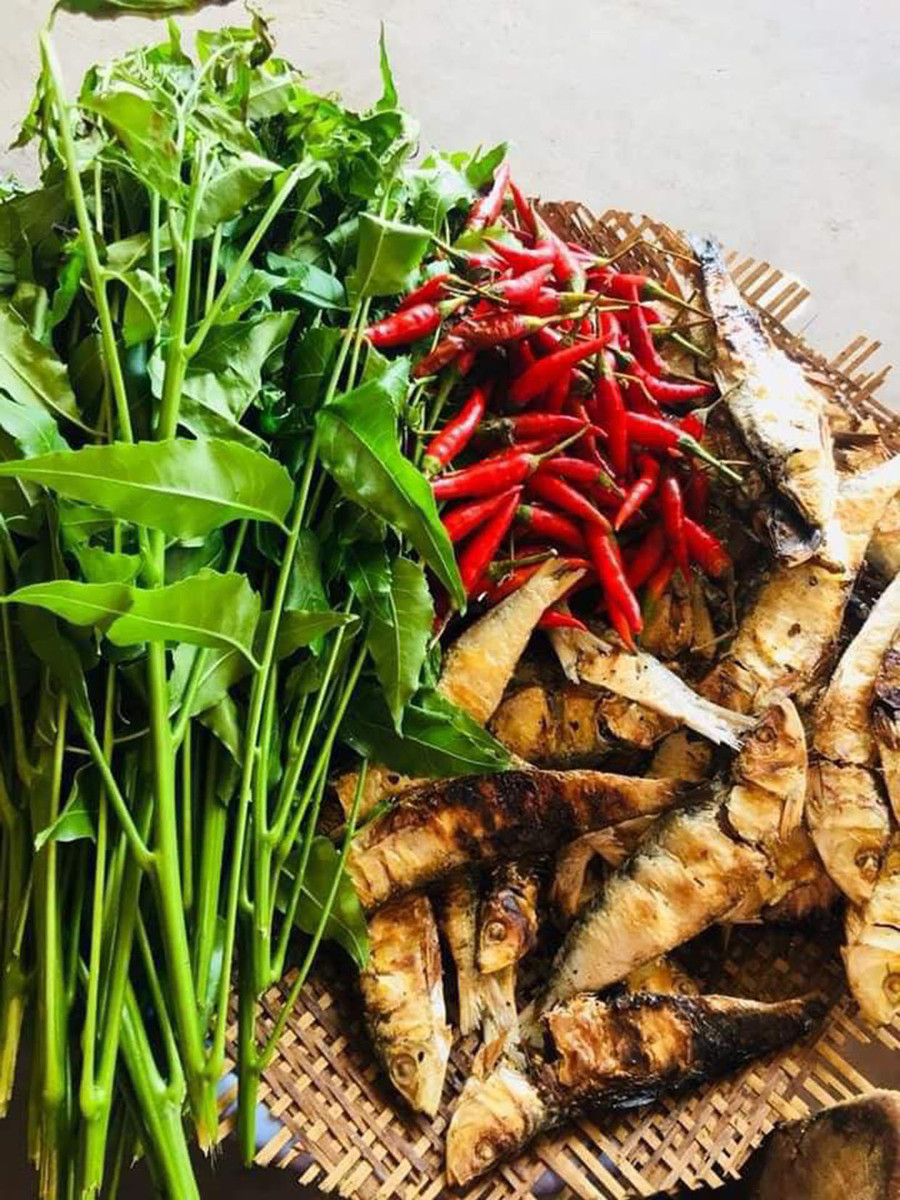
Grilled dried fish with teng leng leaves - Gia Lai specialty of Krong Pa region. Photo: Hdom.
I immediately asked about other bitter plants and leaves used by the locals in their cuisine . The third plant I was introduced to was djam phi.
To give me a specific picture, Mr. Ro O Co ran to the nearby land to pull out a plant and brought it back to put under the mat. The shape of the djam phi plant has some similarities to the white flower snake grass plant that Kinh people often use to treat nasopharyngeal cancer, but these two plants are not the same.
The stem is not tall and hard, the leaves are big and thick like teng leng, trai la péi above, but small and thin, soft, often growing in sandy soil, the locals call it bitter grass. Usually, people pick these leaves, mix them with yellow ant salt to make a salad or use them to cook soup with stream fish or stir-fry with shredded dried fish, pounded with chili salt as a dipping sauce.
In addition to trees and leaves, there are also flowers and fruits that have a bitter taste in the dishes that are loved by the people in Krong Pa. Mơ nga kơ đơ ho, mơ nga tnok, djam ngay are wild flowers that the people here use to stir-fry with beef, dried fish or steam, grill, cook soup, boil and dip with salt, chili or fish sauce as daily food.
Boh lpang is a fruit of a wild plant that grows in the mountains in a special way, only appearing after the fields are burned and it rains. It has a vine stem and light green leaves, similar to bitter melon. Local people pick the fruit and boil it, dip it in fish sauce, or grill it, pound it with dried fish and chili salt, or cook it with bitter melon. The bitter taste of boh lpang is similar to that of ox gall leaves.
According to Mr. Ksor Nam, papaya flowers and leaves are also a favorite dish of the local people of Krong Pa. The way to reduce the bitter taste that has been passed down through many generations of Jrai people here is to boil them first, then remove them and squeeze out the water, stir-fry them with dried fish, eggplant, cassava leaves, cook soup with bitter eggplant, or dry them and boil them to drink to treat coughs.
According to traditional oriental medicine, medicinal plants are classified into five main flavors: spicy, sweet, sour, salty, and bitter. Of these, bitter herbs are often used to cool the body.
In addition, bitter herbs also have antibacterial effects, help prevent diarrhea, and kill tumors in the body. Thus, the bitter-tasting leafy plants mentioned above in the cuisine of the Krong Pa people are essentially both food and medicine.
They help dishes have more attractive flavors, and are also precious natural herbs that help people prevent some digestive and weather diseases.
Residents of Krong Pa have transformed medicinal herbs into food in a truly miraculous way. The above list of dishes associated with bitter leaves and fruits is only a brief summary; in reality, the list is probably longer and more diverse.
I suddenly thought, Krong Pa now has the famous sun-dried beef dish, if now we develop more culinary areas focusing on bitter taste like above, it will be a very interesting and unique highlight attracting tourists from near and far to come here to enjoy the experience right in the villages or a specialty restaurant named "Krong Pa Bitter Taste".
This will help us find effective ways to preserve plant species associated with the traditional cuisine of ethnic minorities but at risk of extinction, while contributing to the development of local tourism in the culinary aspect.
Source: https://danviet.vn/dac-san-gia-lai-la-rung-vi-dang-nghe-ten-mac-cuoi-an-kem-voi-ca-kho-nuong-thi-ben-mieng-day-mui-20250103202035709.htm


![[Photo] Close-up of Tang Long Bridge, Thu Duc City after repairing rutting](https://vphoto.vietnam.vn/thumb/1200x675/vietnam/resource/IMAGE/2025/5/19/086736d9d11f43198f5bd8d78df9bd41)

![[Photo] Panorama of the Opening Ceremony of the 43rd Nhan Dan Newspaper National Table Tennis Championship](https://vphoto.vietnam.vn/thumb/1200x675/vietnam/resource/IMAGE/2025/5/19/5e22950340b941309280448198bcf1d9)
![[Photo] President Luong Cuong presents the 40-year Party membership badge to Chief of the Office of the President Le Khanh Hai](https://vphoto.vietnam.vn/thumb/1200x675/vietnam/resource/IMAGE/2025/5/19/a22bc55dd7bf4a2ab7e3958d32282c15)


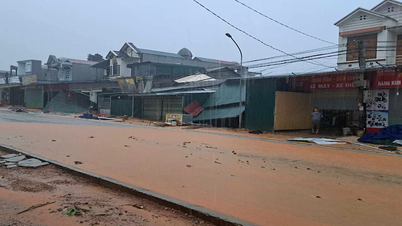



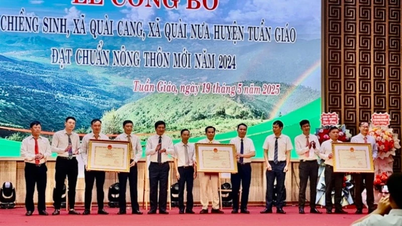
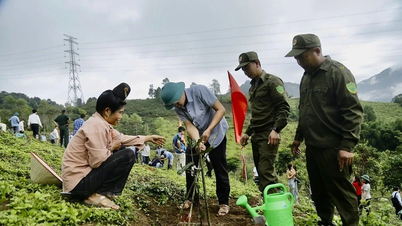











![[Photo] General Secretary To Lam attends the conference to review 10 years of implementing Directive No. 05 of the Politburo and evaluate the results of implementing Regulation No. 09 of the Central Public Security Party Committee.](https://vphoto.vietnam.vn/thumb/1200x675/vietnam/resource/IMAGE/2025/5/19/2f44458c655a4403acd7929dbbfa5039)
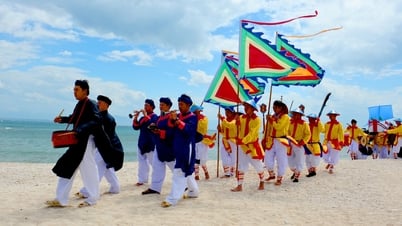





























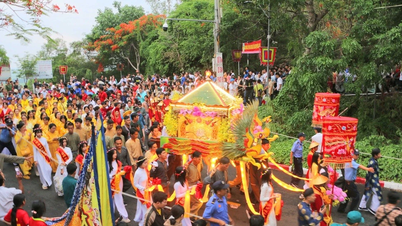


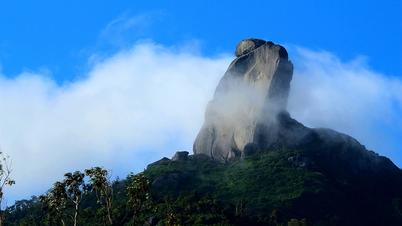
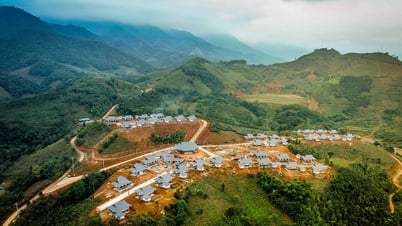













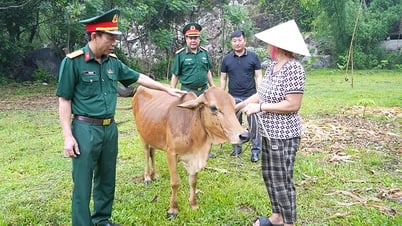

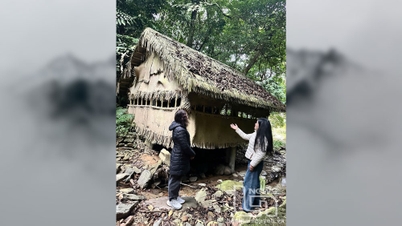

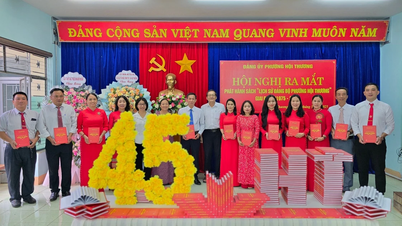










![[VIDEO] - Enhancing the value of Quang Nam OCOP products through trade connections](https://vphoto.vietnam.vn/thumb/402x226/vietnam/resource/IMAGE/2025/5/17/5be5b5fff1f14914986fad159097a677)



Comment (0)